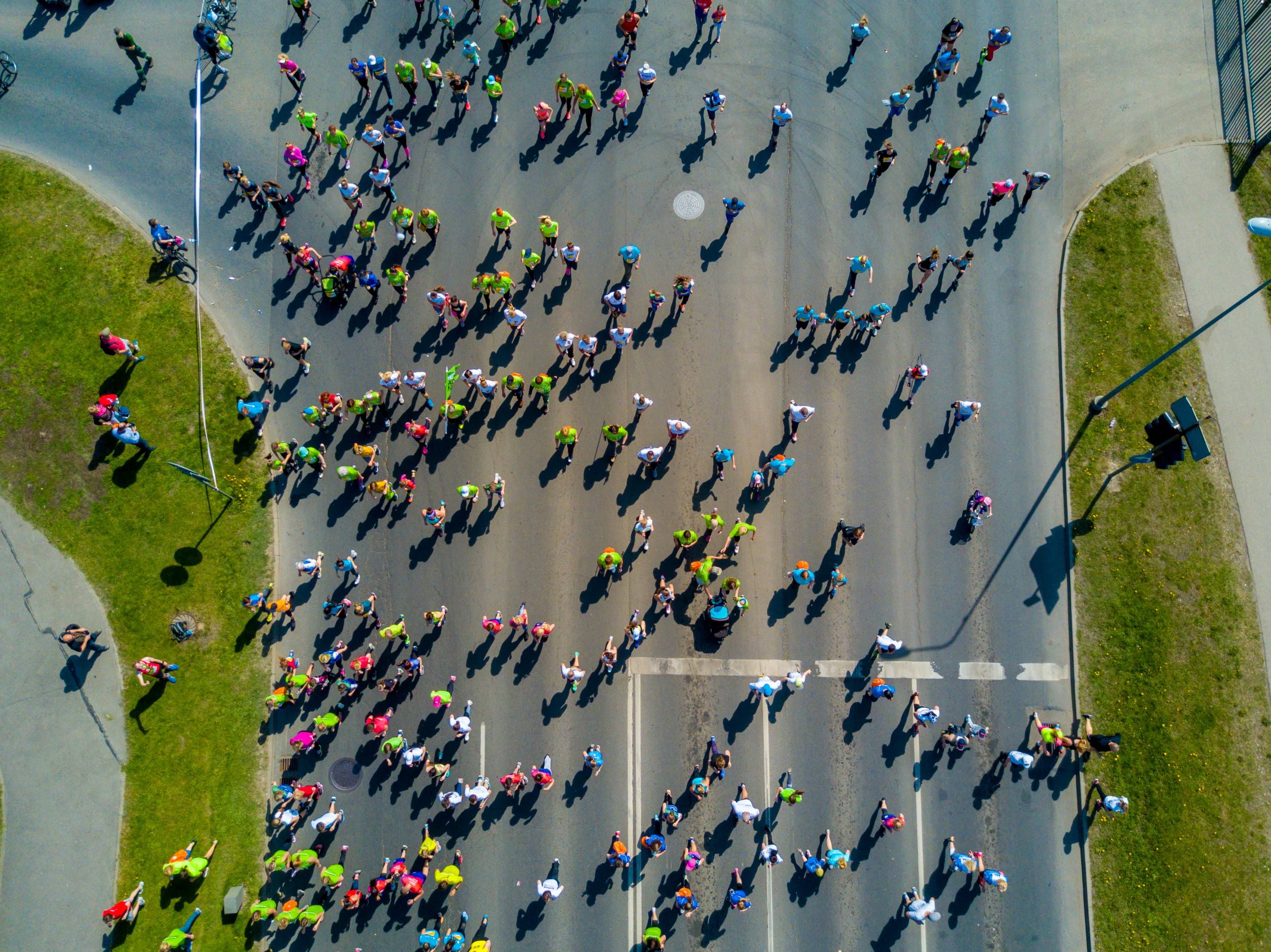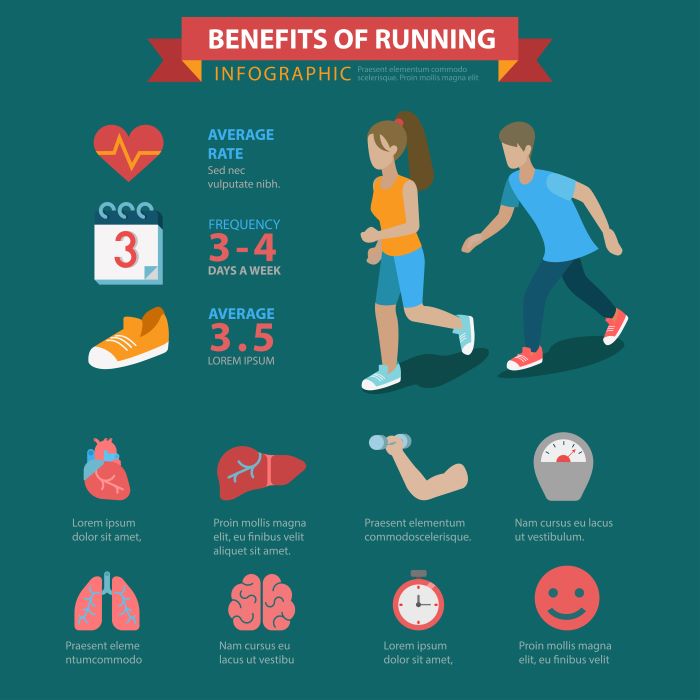Running R programs in the terminal is a powerful way to harness the full potential of your R programming skills. It allows you to execute scripts seamlessly, manage packages, and even automate your data analysis tasks efficiently. For many users, especially those who appreciate flexibility and control, the terminal offers a more streamlined approach compared to graphical user interfaces.
To run R programs in the terminal, you’ll first need to ensure that R is installed on your system. You can easily check this by typing R --version in your terminal. If installed, you will see the version number, confirming that you’re ready to dive deeper into your coding journey.
Once R is set up, the next step involves familiarizing yourself with basic commands. The terminal interface operates on commands, which can seem daunting at first but provides a sense of accomplishment as you become adept. A few essential commands include:
Rscript your_script.R– to execute your R scripts.R CMD INSTALL package_name– to install R packages directly from the terminal.R– to start an interactive R session.
This level of access allows for a flexible workflow, catering to both beginners and seasoned programmers alike. Are you ready to maximize your R programming experience? Visit our website to learn more and get started today! Click here.
Setting Up Your Terminal for R Programming

Setting up your terminal for R programming is a crucial step that can enhance your coding efficiency and experience. Before diving into coding, ensure that your terminal environment is optimized for R. Here are some essential tips:
1. Install R: If you haven’t done so already, download and install R from the CRAN website. Follow the installation instructions specific to your operating system, whether it’s Windows, macOS, or Linux.
2. Set Up RStudio (Optional): While not mandatory, RStudio can significantly enhance your coding experience. It integrates seamlessly with R and provides a user-friendly interface. After installing R, download RStudio from its official site and follow the installation guide.
3. Customize Your Terminal: Depending on your operating system, you can customize your terminal to improve readability and functionality. Consider changing font sizes, colors, and even adding useful plugins that enhance your coding experience.
4. Install Essential Packages: To make the most out of R, install essential packages that cater to your needs. Use the command install.packages('package_name') in the R console or terminal to add packages like ggplot2 for data visualization or dplyr for data manipulation.
5. Create a Workspace: Organizing your files is key. Create a dedicated directory for your R projects and scripts. This structure helps you maintain an efficient workflow and keeps your projects easily accessible.
By following these steps, you’ll have a robust terminal setup that allows you to run R programs effectively and efficiently.
Executing R Scripts from the Terminal

Once your terminal is set up for R programming, the next step is to learn how to execute R scripts directly from the terminal. This method not only saves time but also allows for greater flexibility in coding. Here’s how you can get started:
1. Navigate to Your Script’s Directory: Use the cd command to change your directory to where your R script is located. For example, if your script is in a folder named R_Projects, type:
cd path/to/R_Projects2. Running the R Script: To execute your R script, use the Rscript command followed by the script name. For example:
Rscript my_script.RThis command runs my_script.R in the R environment, allowing you to see the output directly in your terminal.
3. Passing Arguments to Your Script: If your script requires input parameters, you can easily pass them via the command line. For instance:
Rscript my_script.R arg1 arg2Inside your R script, you can access these arguments using the commandArgs() function.
4. Redirecting Output: To save the output of your script to a file, you can redirect it using the > operator. For example:
Rscript my_script.R > output.txtThis command will create a file named output.txt containing all the printed output from your script.
By mastering these steps, you can efficiently execute R scripts from your terminal, making your programming experience smoother and more productive.
Common Terminal Commands for R Programs
Familiarizing yourself with common terminal commands can significantly enhance your productivity while working with R programs. Below are some essential commands that every R programmer should know:
- cd (Change Directory): This command allows you to navigate to different directories in your terminal. For instance,
cd Documents/R_Projectstakes you to theR_Projectsfolder within your Documents. - ls (List Files): Use this command to display all files and folders in your current directory. It’s helpful to ensure that your R script is in the right place before executing it.
- mkdir (Make Directory): If you need to create a new folder for your R projects, simply use
mkdir NewFolderName. This keeps your work organized. - rm (Remove Files): To delete files or directories, use
rm filename.Rfor files orrm -r foldernamefor directories. Be cautious with this command, as it permanently removes files. - clear (Clear Terminal): If your terminal is cluttered with previous commands and outputs, the
clearcommand will give you a fresh slate. - man (Manual): This command displays the manual for any command you might want to learn more about. For example, typing
man lsprovides detailed information about thelscommand.
Learning these terminal commands not only improves your efficiency when working with R programs but also empowers you to navigate your development environment with ease.
Troubleshooting R Program Execution in Terminal

When running R programs in the terminal, you may encounter various issues that can hinder your workflow. Troubleshooting these problems effectively can save you time and frustration. Here are some common issues and solutions:
- R Not Found: If your terminal returns a message stating that R is not found, it may not be installed or not properly added to your system’s PATH. Verify that R is installed by typing
R --version. If not, you can download it from the official R website and follow the installation instructions. - Permission Denied: This error occurs when you attempt to run a script without the necessary permissions. Use the command
chmod +x script_name.Rto make your R script executable. - Dependencies Missing: If your code relies on external packages and they are not installed, you’ll see errors related to those packages. To resolve this, run
install.packages('package_name')in the R console to install the missing dependencies. - Syntax Errors: These errors can arise from typos or incorrect syntax in your R code. Check the line number indicated in the error message and review your code for any mistakes.
- Out of Memory: Running memory-intensive operations can lead to this error. To mitigate this, try optimizing your code by using more efficient algorithms or working with smaller data subsets.
By being aware of these common troubleshooting strategies, you’ll be better equipped to handle challenges that arise while executing R programs in the terminal.
Tips for Mastering R Programming in Terminal

To truly master R programming in the terminal, it’s essential to adopt certain practices that can enhance your efficiency and productivity. Here are some valuable tips to help you become proficient:
- Utilize R Scripts: Instead of typing commands directly into the R console, create R scripts (.R files) that contain your code. This practice allows for easier debugging, modification, and execution.
- Learn Command Line Shortcuts: Familiarize yourself with terminal shortcuts and commands to navigate quickly. For example, use
Ctrl + Rto search through your command history, andTabfor auto-completion. - Organize Your Workspace: Keep your files organized in directories. Use meaningful names for your scripts and data files, making it easier to locate them when needed.
- Version Control: Implement a version control system like Git to manage changes to your scripts. This will help you track your progress and collaborate with others more effectively.
- Practice Regularly: Like any skill, practice is key to mastery. Set aside time each week to work on projects, experiment with new packages, or solve coding challenges.
By applying these tips, you’ll not only improve your R programming skills but also enjoy a more streamlined workflow in the terminal. Embrace the joy of running and discover how these practices can elevate your coding experience.
For more insights and resources, visit our website to learn more and get started today! Click here.


